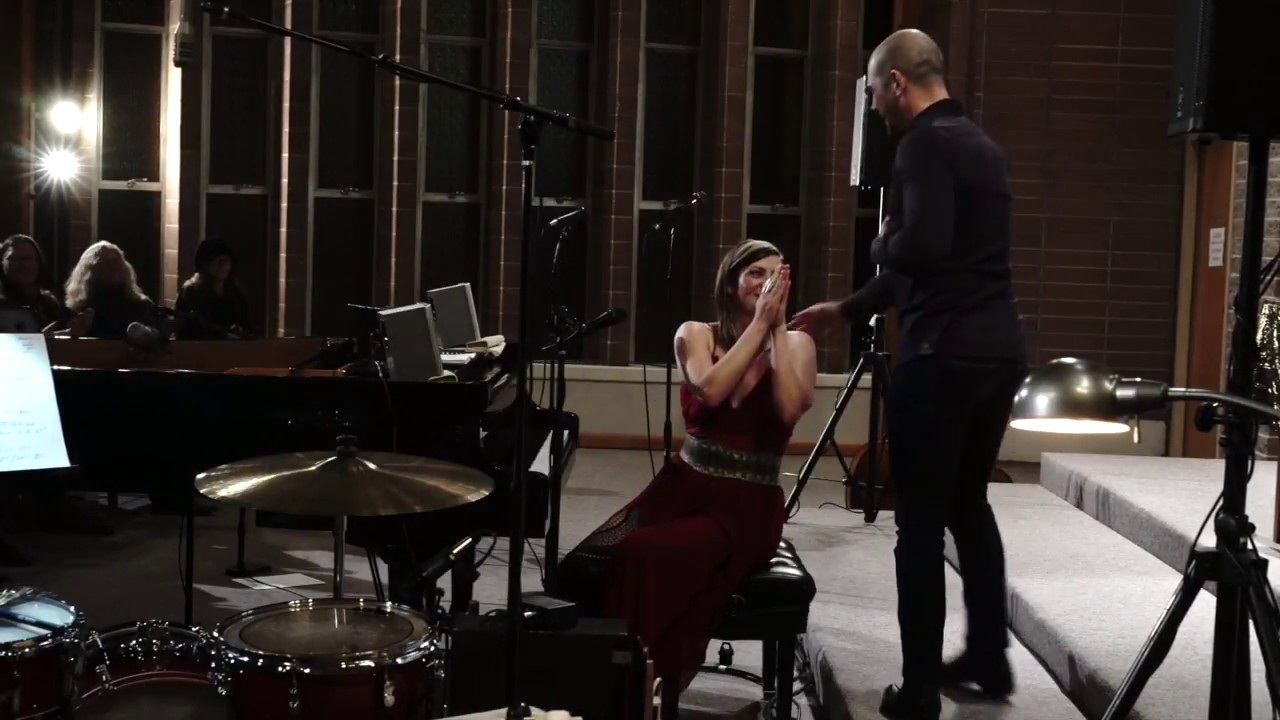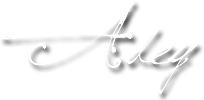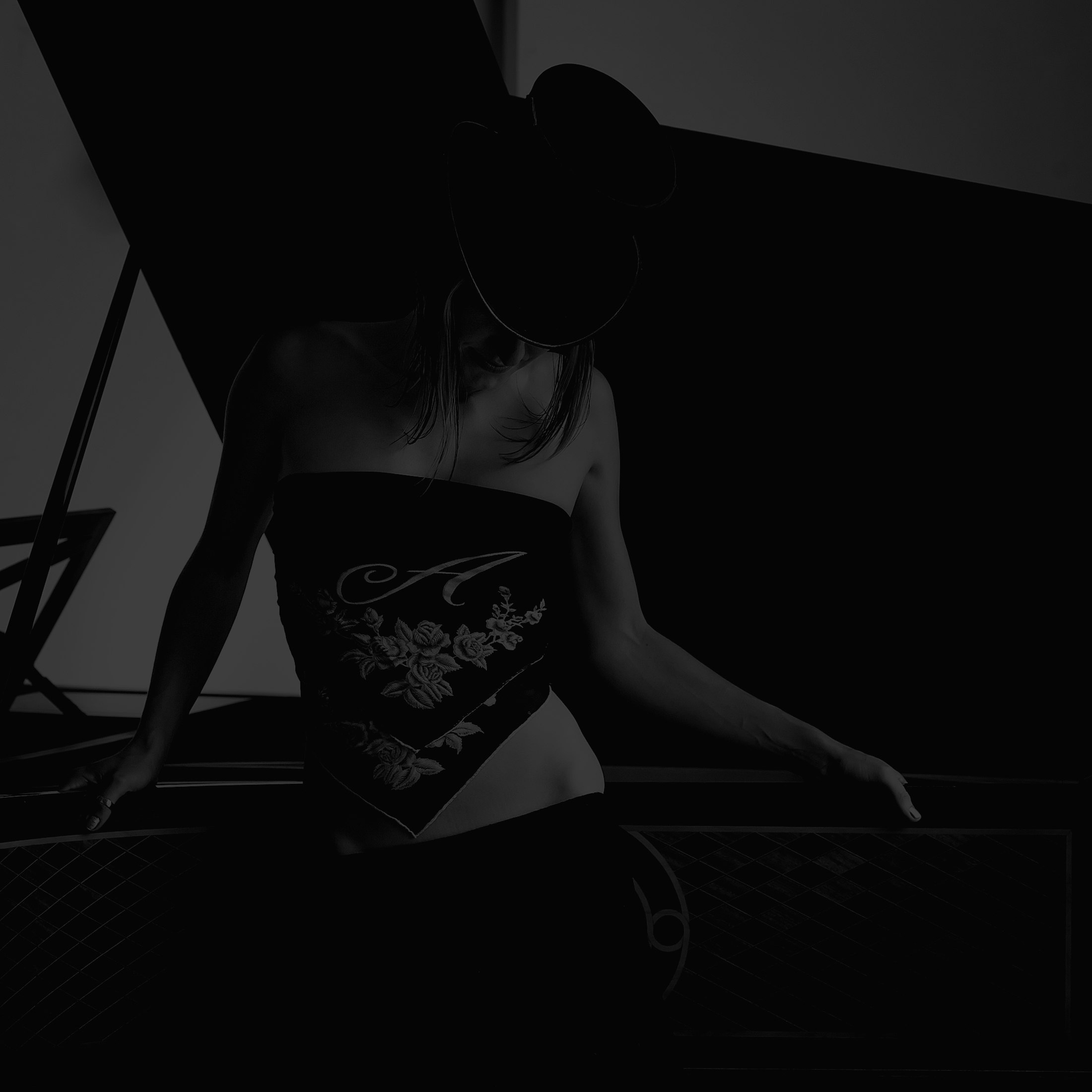
The Adey Approach to Indy Arts Fundraising: How We Got a 20X Jump in Funds Raised in ONE NIGHT
- Manager's Corner
The pressure was on me.
I was standing in front of 100 audience members who had come for a free concert. And we needed to get the money that was in their pockets, into baskets, so that Adey Bell’s first studio album Silver Wheel could be completed.
Normally, there’s no particular urgency around when a relatively unknown indy artist without a recording contract finishes her album.
Except, in this case….
Because there were two album launch parties already planned and scheduled, one of which I was hosting. In just one month’s time.
And funds needed to be raised to finish nearly all the mixes on the album.
In other words, the album that was supposed to be released in one month (at the end of this March)… wasn’t even close to done, we didn’t have the funds to finish mixing it, and yet the launch parties were already planned.
And this album was not jut a “bedroom studio” type production. Adey already has two (excellent) albums in the “home-produced” vein, Rogue and Vesica. Now it was time for something different. Something next-level. After honing her musical skill for 30 of her 34 years on the planet, and after gigging for 15 of those years… she was finally ready for her first true studio album.
Thanks to the generosity of previous donors, she already had the material ready, recorded exquisitely on an immaculate 1909 Steinway grand, at one of the world’s finest studios. She had one of the top producers in the biz, who has mixed singles by–wait for it–Madonna, John Lennon, Ringo Starr, The Eagles, Gladys Knight, Sly Stone, and Quincy Jones… ready to mix the rest of the album. He was offering her an extremely generous friends-and-family rate.
Yet we still didn’t have the rest of money to finish this last one step away from her dream of her first studio album.
And so, as I stepped on the stage, in my new capacity as Adey’s manager, I needed to deliver big time, in my first official act in that role. In fact, I needed to deliver the pitch of my lifetime. (Why do I care so much? Because I believe in few things in life as much as I believe in Adey Bell’s music. I will not quit until she finds the massive audience she deserves.) If this fundraising night didn’t go well, then we wouldn’t have an album to launch for the album launch party…
Before I say more, I must say that this pitch was just one small part of a larger “reboot” of her fundraising that Adey had dreamed up—and that ended up being her true stroke of fundraising genius.
For years, she’d done the typical thing for up-and-coming indie musicians: inviting and asking her friends and her small-but-devoted fanbase to come and buy tickets to her shows. The last show she had done in Ashland, Oregon, her hometown, had 30 people in attendance, at $10 a head, bringing in just $300–not the kind of money that’s going to get a studio album finished.
But on this night I’m describing, just two weekends ago, 100 people were in the crowd–3x the attendance. For a free show.
“A free show?” you ask. How do you raise funds from a free show?
Let me tell you how. Welcome to what we’re calling “The Adey Approach”… a new model for indy arts fundraising.
This is the method that brought in TWENTY TIMES the revenue from the aforementioned $300 gig.
Admittedly, all the individual 6 pieces of this approach, listed below, have been used separately by others for eons. But by bringing all these 6 factors together, in this particular way and in this particular order (which Adey and others thought of—though I did add #3 below) created a synergistic effect… a perfect storm. And that fundraising storm made it RAIN like none of us have ever seen before in her career.
This write-up breaks the approach down systematically, in a way that can probably be replicated successfully by a wide range of musicians and other artists, a.k.a. YOU.
1. Invite people to a free show. (Adey’s idea.) Free shows bring in a larger crowd. Even cheap $5 or $10 tickets deter people more than you would think, for artists that aren’t already super famous. Nothing draws the crowds like “free.” But do let them know ahead of the time that you’ll be passing the hat at the show, and specifically what you’ll be passing the hat to raise funds for. (In this case, finishing her first studio album.)
2. At the door, have a few polite people with baskets, suggesting that attendees can make a donation if they wish before they enter. (Lloyd Barde and Deborah Wilder’s idea.) Not a “suggested donation,” which really serves as a de facto ticket price, and which people are guilt-tripped into giving. (No guilt-tripping at all.) Nothing pushy–they’re totally free to enter without putting anything in the basket. Lloyd and Deborah were also the kindly basket-holders.
Their efforts here brought in $552 – almost twice the amount that the ticketed concert brought in a few months earlier, in the same town, with the same amount of promotion before the show, even though this was a free show!
3. Before the last song of the first set, have someone other than the artists (a loyal fan, patron, promoter, producer, etc.) give a pitch for further support, describing *specifically* what the money will go towards. (My idea.) At the specified time, Adey invited me onto the stage, to give a pitch for why the audience should support the album. If I do say so myself, I gave the pitch of my life (see video above.) I have never had the experience of people cheering and clapping and hollering as I told them why they should give money. That happened.
4. Immediately following the pitch, during the last song of the first set, have your friendly, smiling supporters walk down the aisles and pass the baskets again down the rows. (Adey’s idea.) Adey’s amazing back-up signers, Jeffri Lynn Carrington and Lo Campbell did this beautifully and graciously.
This second basket-passing brought in $716. Now we were up to $1,268 total- over 4x the revenue of the previous (ticketed) show in the same city.
5. During the intermission, have a silent auction in the lobby. (This was the idea of Adey’s mom Shaun Garner, and Lo Campbell.) Get all your friends, family, fans and supporters with talents and skills to donate cool things like dance lessons, bodywork sessions, artwork, professional services.
What this does is mobilize and monetize the goodwill and decentralized human capital of the artist’s fanbase, in support of the artist. Rather than donating cash, fans and supporters can donate services or art, that ends up bringing in cash. Also, many of the artists and providers who donated to the auction were in the lobby, talking to all the audience members, which gave auction donors added exposure to a new audience—a win-win.
Thanks to the donors, and also thanks to Lo’s brilliant (wo)manning of the helm of the silent auction, it brought it $1,778. Now we were at $3,046 total- 10X the revenue from the ticketed show.
6. Now here’s the kicker. Casey (Adey’s fiancé) came up with the idea of inviting people to sponsor the mixing of individual tracks on the album. We Adey fans believe this is going to be an iconic album—the one that launches her into the big leagues. What fan, with the money, wouldn’t want to be able to say they sponsored one of the individual tracks on this album that will be a turning point in her career? (And also sponsors get their name on the CD.) The cost of sponsorship was $1,000 per song. By the end of the night, THREE songs were sponsored.
The takeaway here is that, in any audience, there a range of people, with a range of passion for supporting, and a range of financial means. Some people can give only a little. (And that’s fine. Every bit counts.) Some people can give a medium amount. (And that’s fine too.) And, in every crowd, there are also a few people who have the potential to donate much, much larger amounts. But you don’t know who those people are, if you’re only asking them to buy a $10 ticket. Inviting the full range of patronage options can bring out few heavy hitters that might be lurking in any average concert crowd. In this case, just by giving them an invitation to support on a larger scale (not something done at the typical ticketed concert) these supporters came out to the tune of $3,000!
Another takeaway is that it’s much better to ask people for money once they’re already in the door and hearing the phenomenal music and feeling the high vibes–rather than asking them for money before the show in the form of ticket sales.
I think the latter was one of the key factors. Adey and her band–the first time Adey had ever played with a band, including cellist James Hoskins, drummer Matthew Kreimelman, and backup singers Jeffri Lynn Carrington and Lo Campbell–were on fire that night, the energy in the room was palpable, and people were charged up to support the very magic they were a part of in that moment.
Total raised: $6,046.
TWENTY TIMES what we brought in just asking people to buy tickets before—the old model that we, and most up-and-coming artists, have been doing for eons.
I do think this method could be replicated, with great results, by a wide range of musicians and artists—which is why I’m breaking it down in detail for you here. That said, there were a three factors that have to be in place to make it work:
1. You have to have at least a small already-existing fanbase. If you truly have zero fans so far, only zero of them will come, even if the event is for free!
2. You have to have a specific artistic project you’re raising funds for. One that (a) gets your fans really excited, and (b) can actually be completed with a reasonable amount of funding in a reasonable amount of time. This method is not for funding vague, half-sketched goals, nor for pie-in-the-sky ideas that depend on wishful thinking for generating the audience enthusiasm. You have to be able to look your audience in the eye and tell them exactly what their money will achieve, when it will be achieved by, and why this project–and hence the money raised for it–will be a game-changer for you and them. It’s for funding grounded, realistically-achievable projects that your fanbase will be excited to be a part of turning into reality with their support.
3. You’ll need dedicated volunteer supporters, in the form of basket-fairies, silent-auction donors, someone to manage the auction, and someone who can give an impassioned pitch to the audience on your behalf.
If you have these factors in place, I believe you can put this Adey Approach of indy arts fundraising to great success. Try it out for your next event or project—and let me know how it goes.
And if you want to see the Adey Approach in action—even if you’ve never seen or heard of Adey before—then come to the public “Silver Wheel” Album Launch Party–organized by Lloyd Barde–in Marin, Bay Area, CA, on March 25th.
This concert will be the WORLD PREMIERE of Adey’s new band Venus Exalted. These world-class musicians played for the first time together (not under that name) at the Ashland show described here, and it was truly some of the finest music ever to enter my ears. Don’t miss their official debut. It’s going to be a night to remember.
Now that we’ve got the mixes covered, and the album will indeed be finished for the album launch parties (!) we’ll be using the Adey Approach March 25th to raise fund the 8-city national tour and PR for Silver Wheel, to get the album heard far-and-wide.
Come for free on the 25th in Marin, CA… and donate a few bucks… or a few thousand bucks… you’re welcome with us either way.
I can’t wait to see you there!
Love,
Michael
Silver Wheel- the new Album Completion Update!
∇ THE STORY Δ I’m not birthing this album, This album is birthing me. It’s been a long and exciting journey, it is more complex and beautiful than we could have imagined. In May, 2016- I was prompted to make a new record and encouraged to ask for fan financing [...]| Play | Cover | Release Label |
Track Title Track Authors |
|---|

